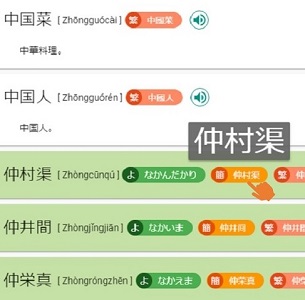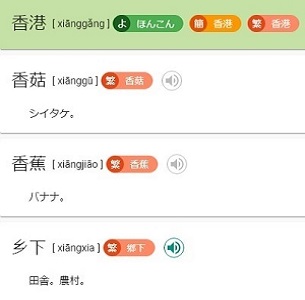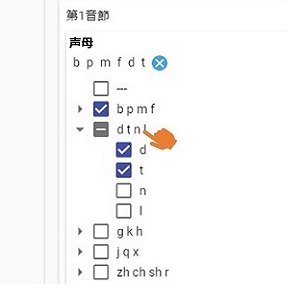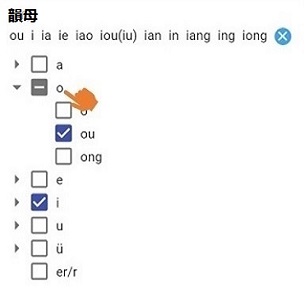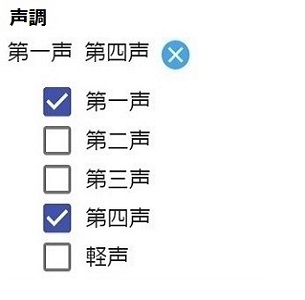
華語音韻捜尋系統 CPSS
When you want to:
- Make a practice test with two-syllable words which differ only in aspiration
- Find several Chinese words in which the first syllable ends in /n/ and the second syllable ends in /ŋ/
- Practice the pronunciation of the word that contains more than one Second tone in a row
CPSS would give you the right answer, no matter how complicated your need for phonetic conditions is.
CPSS has about 4000 words and idioms that are frequently used at Levels 4 and 3 of the Chinese Proficiency Test (中国語検定試験). CPSS also has more than 100 Japanese proper nouns such as common surnames and province/region names. These nouns would be helpful for beginners to introduce themselves in the classroom.

 .
.
